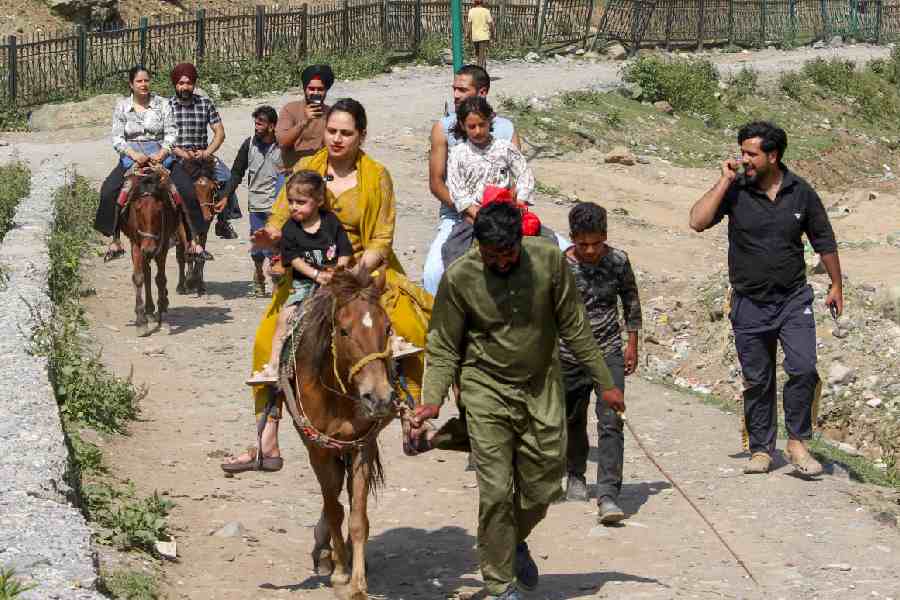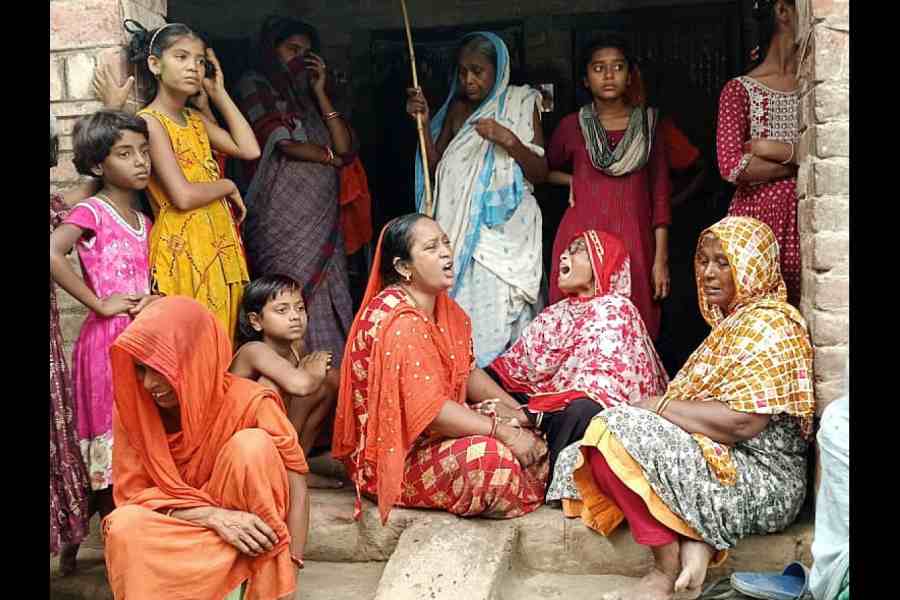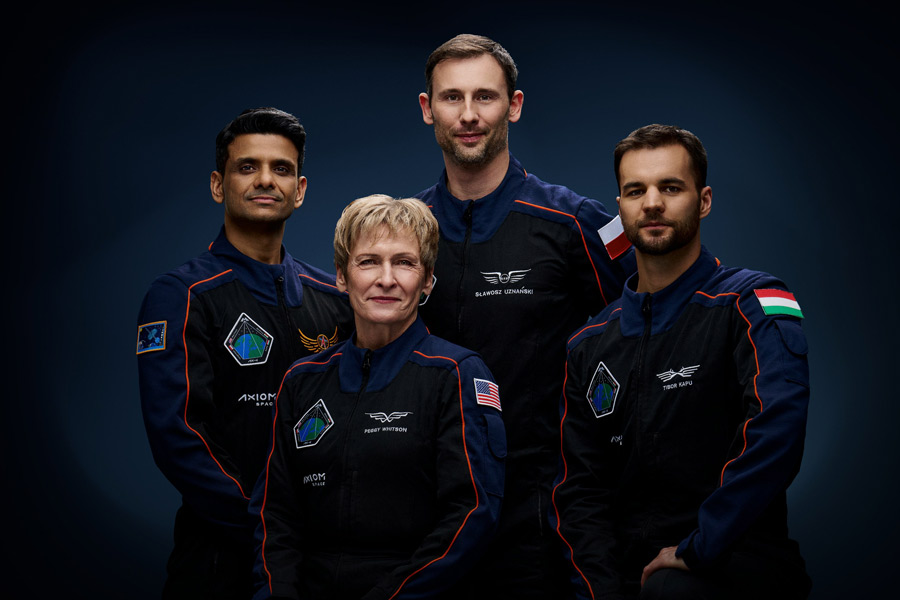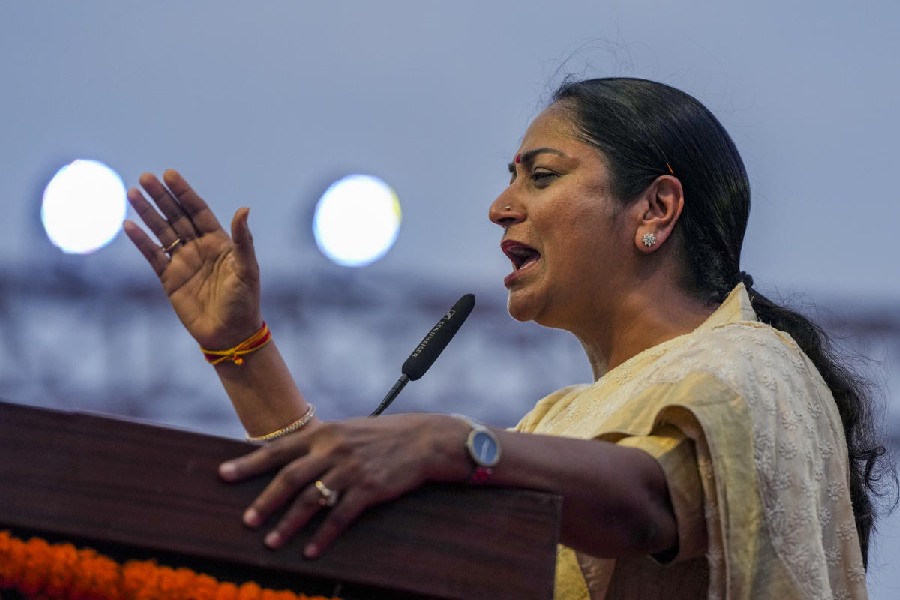 |
During a recent debate in the Assembly, an Opposition MLA said: “I have heard some colleges are so small they look like canteens.” Make that canteens without cooks.
As the head of one private engineering college said: “If one has the means, one can open many colleges. Classrooms, libraries and labs can be built. But one can’t all of a sudden get good professors and so many of them. The main problem in Bengal is that we do no have enough professors.”
What comes easy in Bengal is watchdog, of a variety of breeds but of questionable pedigree.
Complaints about the way private engineering colleges conduct their business reached such a crescendo the government moved a bill to appoint another monitor — on top of the three that are already snapping at the heels of the delinquent, or are at least supposed to.
From Delhi rules the All India Council of Technical Education (AICTE), which gives approval for establishing colleges, introducing new courses and raising the number of seats. If Delhi has one, Calcutta must have two: the West Bengal University of Technology and the director of technical education.
Not enough. The West Bengal Council of Higher Education has been drafted into the sniffing squad. Its teams will inspect the state’s 50 private engineering colleges and recommend measures in the context of higher education minister Sudarshan Ray Chowdhury’s Assembly statement, “I am aware of complaints about private engineering colleges lacking proper infrastructure and other facilities”.
 |
Around 20,000 students study in these colleges, spread across the state with the highest of about 20 in and around Calcutta. But, as with most things, the farther you go from the capital the darker the environment and weaker the monitoring.
These institutions began to sprout from the late nineties when the government dropped the chastity belt to allow private colleges in the flush — late for Bengal — of the information technology euphoria sweeping across the country.
Residents of Bengal were moving out of the state not only in search of work but also to study IT, among other things. Bangalore, and in general Karnataka that was an IT early bird, was the favourite destination.
Why should Bangalore have all the fun, Bengal would have asked itself, Priyanka Chopra-style (remember the two-wheeler ad with ‘the silly village girl’?).
The fun began in right earnest — IT late-starter Bengal struck half a century, and more, of colleges in about 10 years. But, instead of Net-age Nirvana - a Buddhist concept — even Buddhadeb, as in Bhattacharjee, has now realised, the procreative orgy has left behind a nightmare.
“The condition of some of the private engineering colleges is not satisfactory,” the chief minister had said at a meeting a few months ago.
Private engineering colleges charge each student at least Rs 43,000 as annual fees, on top of which there are substantial development charges. But money can’t buy a job, always.
“My son completed his engineering in IT from a WBUT-affiliated college in Salt Lake this year. I spent over Rs 2 lakh on his education, but he has yet to be called for placement. Most of his batch-mates, too, are without jobs,” a disgruntled father had complained recently.
Six months after graduation the boy found a job in Hyderabad at a salary that would not set fires of jealousy burning in others.
A student, who has graduated from a different college, said: “We had almost no permanent faculty and though there was a library we couldn’t borrow books. We had no placement cell. CTS and Wipro did come, but Wipro recruited only five students and CTS 25 of the total of 66 students.”
The answer was the entry of a super monitor. Though the West Bengal University of Technology (WBUT) would remain in control, “the higher education council will maintain extra vigil in the interest of students”, according to a government official.
If latent within the move to unleash another watchdog is the threat to derecognise colleges that come up short of the standards set by the AICTE, 10 more are knocking at the door to make an entry this year alone. That will take the number up to 65. A rice mill owner was recently spotted in the AICTE headquarters wondering if he could join the college crop.
“This year, too, 78,000 students appeared for the Joint Entrance Examination. Given that number, 50 colleges do not seem too many,” said Rafiqul Islam, the registrar of the WBUT, to which all these colleges are affiliated.
In the same breath, the registrar admitted that the job of keeping an eye was getting too big for comfort. “We get faculty from Jadavpur, BE College and IIT to go on inspection, but we can arrange it only once a year. We can’t conduct more frequent inspections. The (higher education) council will help us ensure that.”
In short, one watchdog isn’t quite snarling at the prospect of competition.
Watchdogging is serious business, with a legion layers. Sajal Dasgupta, the director of technical education who’s a part of the process, explained how it worked, or apparently did not.
“The AICTE and WBUT go for inspection before giving a college approval and affiliation. When the college is new, the AICTE directs the director of technical education to conduct the first inspection. The director is a permanent member of the governing body and he or his representative inspects the colleges whenever there is a governing body meeting.”
That would imply that the director has to attend at least 50 meetings a year, given that there are as many colleges. Quite a task that!
“We carry out half-yearly assessments of all colleges. We also encourage the colleges to get NBA (National Board of Accreditation, education’s BIS mark) accreditation.”
Yet, the watch is seen to be inadequate.
Most private colleges in the city do not mind more inspection. But, Subir Choudhury, the director of BP Poddar Institute of Management and Technology on VIP Road, added: “Before the government blames private colleges, it should see whether it has done anything to improve the standard of technical education. Why doesn’t it conduct common orientation programmes for the faculty?”
The word faculty flies frequently off the lips of people associated with engineering education.
A former student of a Calcutta college said: “We did not have regular classes as we had to borrow faculty from Jadavpur University and they could not always make it.”
If that was five-six years ago — and assuming conditions have improved since — a professor at Techno India still estimates a shortage of at least 10-15 per cent. He’s possibly being too conservative because even the IITs face a deficit of about 20 per cent. But he explained the reason.
“Earlier, only the best students would opt to teach. But today a teaching career does not fetch as good a salary as one in industry. So the best brains are going to industry.”
Under the AICTE-approved scale, the gross salary is around Rs 45,000 per month. “(But) There is always a fear of attrition as the resource pool is limited and each college is offering higher salaries to get the best that is available,” said the head of an institute.
Industry, in turn, finds the quality of graduates not up to scratch. “Of the accessible pool, 50 per cent of engineering and 15-20 per cent of other graduate outturn (are) found suitable for employment; an additional 15-25 per cent (are) considered ‘employable with training’,” says a report of Nasscom, the IT industry association.
Fewer teachers — and possibly a quality question mark over some of them — produce fewer employable graduates. One doesn’t require a watchdog to sniff out the vicious circle.
The WBUT does not deny the shortage of teachers but Islam pointed his finger towards the districts. “The city colleges mostly manage to find teachers. We do not know exactly how many more teachers we need, or how acute the shortage is, because we have never carried out a survey,” the registrar said.
It seems neither the national approving authority nor its state outpost had anticipated the faculty pitfall when rubber-stamping applications for setting up colleges and starting new courses.
Hrishikesh Mandal, the director of Netaji Subhash Engineering College, said: “If the government thinks the standard of education in private colleges is not up to the mark, they should just not give approval to any more colleges. The idea should be to ensure quality and not quantity. Also, they are allowing colleges to keep on increasing seats.”
Because the market — the millions finishing school — demands more seats. Demand is creating its own supply by way of more colleges and seats. But demand is not creating its own supply of teachers.
Setting another watchdog to pursue the foul smell wafting out of the kitchen may just be one way of sidestepping the possibility that there might be something wrong with the recipe.
Is syllabus a problem?
Students
We come in expecting a certain kind of syllabus and division of study matter. But the WBUT syllabus is very haphazard. What we expect to study in the first year is pushed to the third year and vice versa. — A pupil studying IT in Netaji Subhash Engineering College
We spent the better part of the first year studying more physics and chemistry. Why? I am here to study electronics engineering. — A Techno India student who’s just passed
Teachers
It’s too heavy and too vast to be completed in the allotted number of classes. — A professor of Techno India
The WBUT syllabus is a bit dated but they do revise the syllabus every year. But colleges need to provide value addition to students. — Mousumi Ghosh, director of Future Institute of Engineering and Management
Watchdog
Our curriculum is prepared by a syllabus committee that has faculty members from Jadavpur University, BE College and IIT. — Rafiqul Islam, the WBUT registrar
How Karnataka does it
![]() It has many more — 125 — private engineering colleges.
It has many more — 125 — private engineering colleges.
![]() The director of technical education is the watchdog that monitors whether they are following the standards set by the AICTE.
The director of technical education is the watchdog that monitors whether they are following the standards set by the AICTE.
![]() Like Bengal, it has a common entrance test (CET) but some colleges have got out of it and started a parallel examination called Comed-K — combined medical, engineering and dental admission in Karnataka. But they continue to be affiliated to the AICTE and follow the syllabus set by the Visvesvaraya Technical University, the Karnataka counterpart of the West Bengal University of Technology.
Like Bengal, it has a common entrance test (CET) but some colleges have got out of it and started a parallel examination called Comed-K — combined medical, engineering and dental admission in Karnataka. But they continue to be affiliated to the AICTE and follow the syllabus set by the Visvesvaraya Technical University, the Karnataka counterpart of the West Bengal University of Technology.
![]() There have been complaints of excess admissions in many colleges, especially the newer ones. The cases have gone to Karnataka High Court and even the Supreme Court and, as a result, many students have not been allowed to write their exams.
There have been complaints of excess admissions in many colleges, especially the newer ones. The cases have gone to Karnataka High Court and even the Supreme Court and, as a result, many students have not been allowed to write their exams.
Lesson I: Karnataka may not be the ultimate temple to private education.
Lesson II: Where it differs from Bengal is in having set up an independent examination system for the CET, where government officials are representatives along with others. It’s an online test — and this is where it gets better and better — with results available almost immediately and students given 48 hours to challenge, if they want to.










